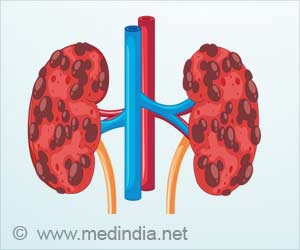Women who smoke are four times more likely to have an abdominal aortic aneurysm repair or rupture.
Women who smoke are four times more likely to have an abdominal aortic aneurysm repair or rupture as women who have quit smoking, and are eight times more likely than women who have never smoked, finds a study published on bmj.com today.
Abdominal aortic aneurysms (a ballooning of the artery wall) are more common in men, but are more deadly in women, aneurysms rupture at smaller diameters in women, the rate of intervention is lower, and the number of deaths after intervention may be higher. Aortic aneurysms cause around 15 000 deaths a year in the US, and 40% of these deaths are in women.To date, most studies of abdominal aortic aneurysm have focused on men and have included too few women to generate reliable information on the risk factors in women. A better understanding of the factors associated with aortic aneurysm may improve diagnosis and outcomes for women.
Professor Frank Lederle and colleagues assessed the potential risk factors for the rupture and repair of abdominal aortic aneurysms in 161,808 postmenopausal women at 40 clinical centres in the US, and followed for an average of 7.8 years, who were part of the Women’s Health Initiative. It is one of the first studies to look at the effect of hormone replacement therapy (HRT) on the development of abdominal aortic aneurysms in women.
There were 184 reported abdominal aneurysm events (repairs or ruptures) during the study and these were strongly linked to age and smoking. The authors report that women who had ever smoked, currently smoked and the amount smoked, all contributed to the likelihood of having an abdominal aortic aneurysm.
Interestingly, the researchers found that HRT provided protection from abdominal aortic aneurysm events despite previous smaller studies reporting that oestrogen therapy alone may increase the risk. They also found that women with diabetes were at reduced risk of aneurysm events, a similar association has also been previously reported in men. Increasing height, hypertension, high cholesterol, and coronary and peripheral artery disease were also associated with an increased risk of aneurysm events.
The authors conclude by calling for further research to clarify the effect of HRT on aortic aneurysm.
Advertisement
They warn that if the incidence of abdominal aortic aneurysm in women continues to rise, then a population screening programme for women who have smoked or continue to smoke may need to be implemented.
Advertisement
SRM/SK













